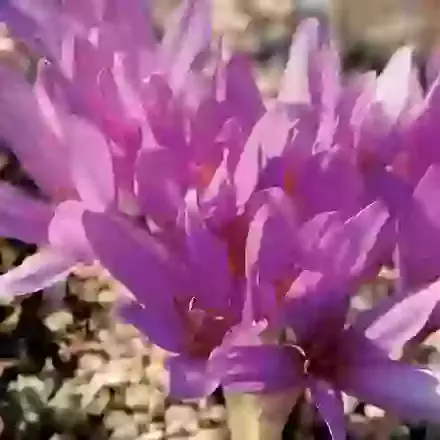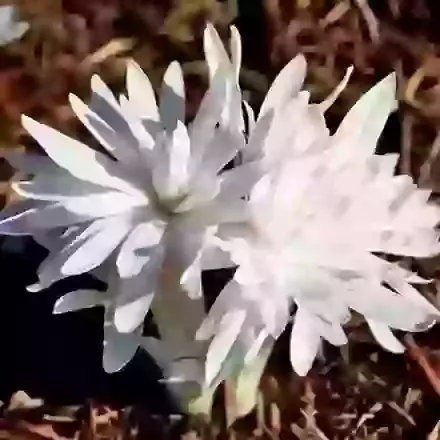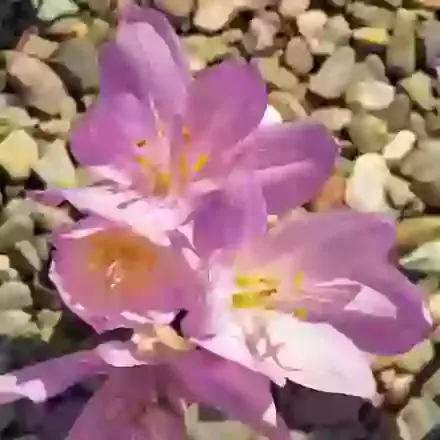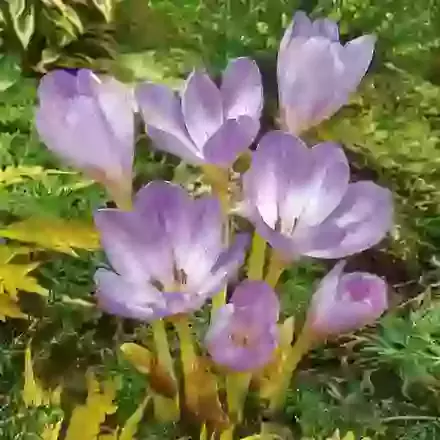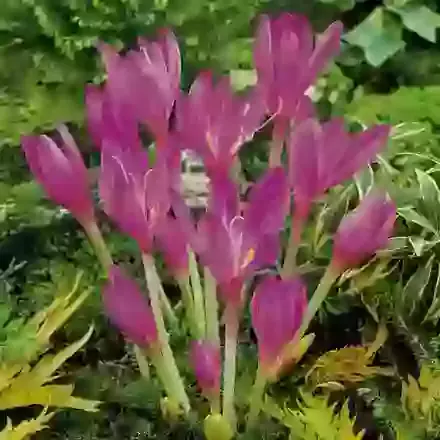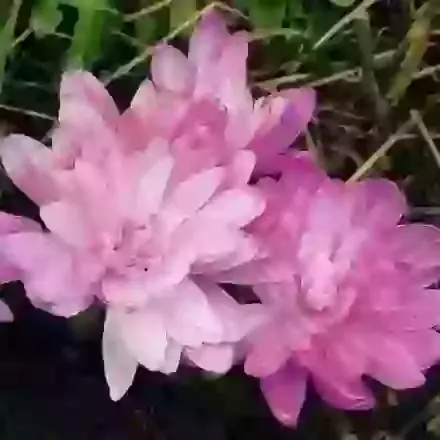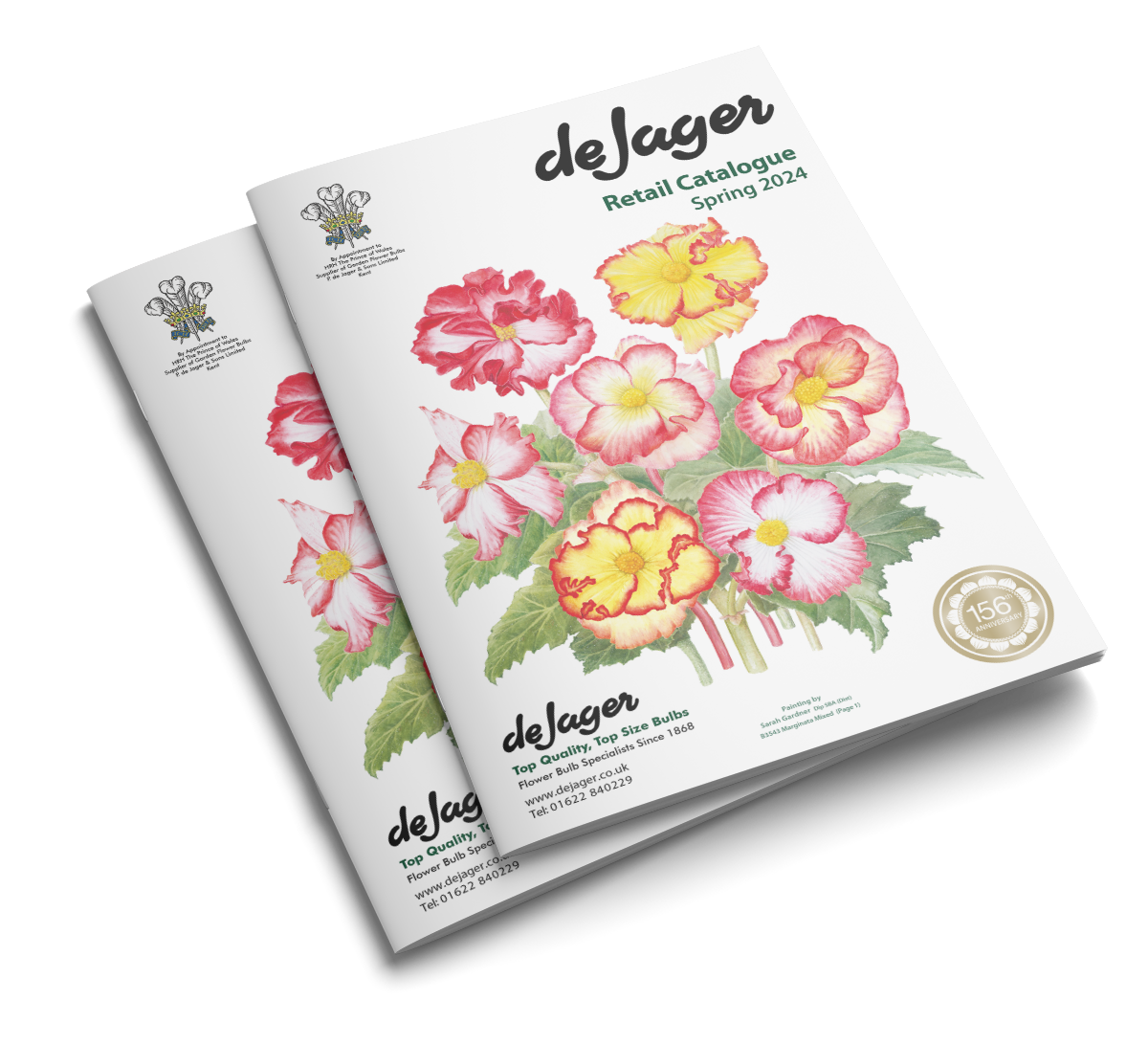Colchicum
(Meadow Saffron). Colchicum are easy to grow, thriving in any well drained soil in sunny positions. Excellent naturaliser. They will flower year after year and increase freely.
-
Autumnale
OUT OF STOCKAutumnale
C2000
Bearing a late-season splash of colour with their purplish-pink goblets – Colchicum autumnale are valuable for naturalising, blooming year after year in the garden.
Commonly known as autumn crocus, or naked ladies, free-flowering Colchicum bloom during September and October and are adored by pollinators.
Large, flat leaves are retained by the plants until mid-summer when they are replaced by beautiful, large and colourful flowers which stand proud and tall in the garden.
Excellent for planting beneath trees amongst grass, and in a sunny or semi-shaded border. Colchicum autumnale will appear as a swathe of jewels, glinting on bright autumn mornings and evenings.
-
Autumnale Alboplenum
OUT OF STOCKAutumnale Alboplenum
C2007
Known as meadow saffron, Colchicum autumnale ‘Alboplenum’ are rare and unusual, double-flowered, white autumn Crocus.
The spectacular flowers bloom several to each bulb and are wonderful for naturalising in a sunny or semi-shaded position, in well-drained soil.
Large, flat leaves appear in spring, before fading in late summer to reveal clusters of ruffled, crisp white flowers topping bare stems.
Commonly known as autumn crocus, or naked ladies, free-flowering Colchicum bloom during September and October and are adored by pollinators.
A beautiful, heirloom crocus which is perfect for adding freshness and texture late on in the season.
-
Byzantinum
OUT OF STOCKByzantinum
C2001
Growing Colchicum byzantinum with large purple-pink flowers is a magical experience. These autumnal beauties unfurl luminous, chalice-shaped blooms, creating an ethereal carpet of colour. Plant corms in well-drained soil and partial to full sun. Water sparingly, allowing the soil to dry between watering. These otherworldly blossoms appear like enchanting jewels in the garden, bringing a touch of whimsy and wonder to the autumn landscape.
-
Giant
OUT OF STOCKGiant
C2002
The large blooms of Colchicum ‘Giant’ are breathtakingly beautiful when they blaze in the border during September and October.
Each bulb will produce between 5-10 spectacular goblet-shaped, soft purple flowers, topping bare stems.
Glossy, tapering leaves appear early on in spring, before fading in summer to reveal clusters of ethereal lilac flowers with white centres.
Colchicum ‘Giant’ will naturalise easily in well-drained soil in sun or part shade.
Commonly known as meadow saffron, free-flowering autumn Colchicum are invaluable for bringing a pop colour to borders or grassy areas and are loved by pollinators, who seek out the golden-orange stamens within.
-
Lilac Bedder
OUT OF STOCKLilac Bedder
C2010
Beautiful, amethyst petals with white throats bloom in clusters during autumn on Colchicum ‘Lilac Bedder’.
Commonly known as meadow saffron, Colchicum are valuable, ethereal flowers for introducing colour later on in the season and are popular with bees and garden pollinators, opening wide under the warmth of the autumn sun.
‘Lilac Bedder’ is very vigorous variety and is therefore excellent for naturalising to form large clumps amongst grass or at the edge of garden borders. Well-drained soil and full sun or part shade is best for the bulbs to thrive.
Foliage appears in spring and dies back in summer, before the flowers appear during October atop slender, bare stems.
-
Waterlily
OUT OF STOCKWaterlily
C2006
An exquisite plant which flowers during September and October, Colchicum ‘Waterlily’ produces large yet delicate-looking, rosy-lilac flowers. The segments of each double flower open horizontally to the autumn sun, looking like ethereal sea anemones.
Commonly known as meadow saffron, Colchicum are wonderful pollinator-friendly flowers, invaluable for adding late-season colour to the garden.
Large, glossy leaves follow the flowers and remain until summer when they fade to reveal the waterlily-shaped flowers once more.
Colchicums are excellent for naturalising, forming large clumps amongst grass or at the edge of garden borders.
Well-drained soil and full sun or part shade is essential for the bulbs to thrive.




